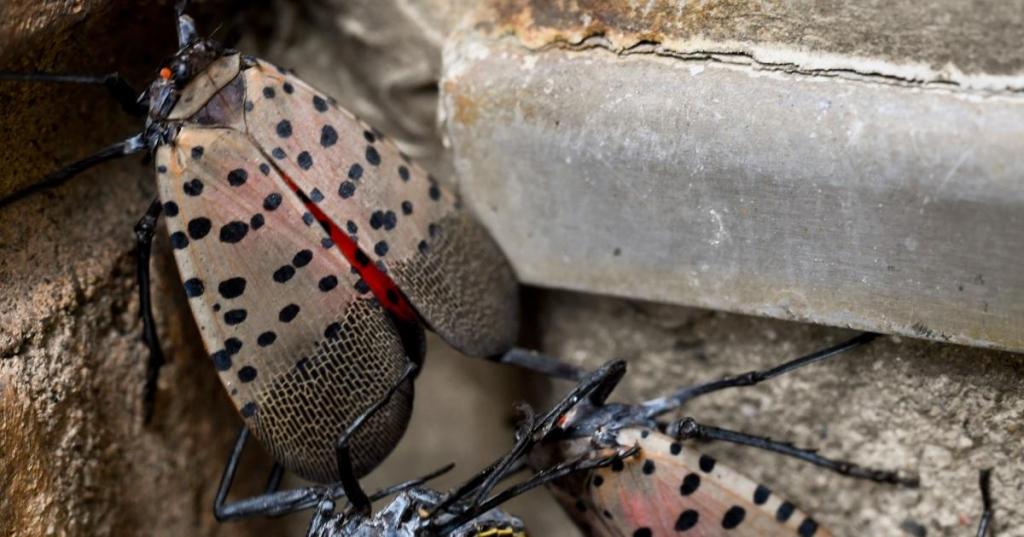The lanternfly might look pretty, but authorities want you to kill them anytime you see them as they continue their journey across the U.S. It is an invasive species that originated in China and can damage agriculture. They are not harmful to humans, but they are dangerous to trees, grapes, almonds, and fruit orchards, reports CBS News. The lanternfly was first seen in the U.S. in Pennsylvania in 2014 and they have now been seen in nine states, mostly in the Northeast.
This summer, they were widely seen in New York City. Earlier this week, a Twitter user asked the New York City Department of Parks & Recreation if killing one was “justifiable homicide” and asked if they would get in trouble. “Have no fear, you are a civic hero! Spotted lanternflies are a threat to our city’s forests. NYC, be like Sara! If you see a spotted lanternfly, squish it, dispose of it, and report it to us at http://nyc.gov/parks/slf,” the department responded.
Videos by PopCulture.com
Since the lanternfly was first seen in Pennsylvania, spottings have been reported in New York, New Jersey, Delaware, Virginia, and Maryland. It was first seen in New York last year on Staten Island. They pose a “significant risk” to New York’s agriculture and forests, the state’s Department of Environmental Conservation notes.
“Adults and nymphs use their sucking mouthparts to feed on the sap of more than 70 plant species. This feeding by sometimes thousands of [spotted lanternfly] stresses plants, making them vulnerable to disease and attacks from other insects,” the department notes. “SLF also excrete large amounts of sticky ‘honeydew,’ which attracts sooty molds that interfere with plant photosynthesis, negatively affecting the growth and fruit yield of plants.”
Some native insects also secrete honeydew, but the lanternfly is bigger than those insects and their large populations are known to congregate in a single area. The honeydew can attract more insects, which could also impact human outdoor activity. “In Pennsylvania, where SLF populations are the densest, people can’t be outside without getting honeydew on their hair, clothes, and other belongings,” the New York Department of Environmental Conservation noted.
Dr. George Hamilton, the head of Rutgers University’s entomology department, told CBS New York last month that the summer is the best time to kill the lanternflies when adults are easier to see. In September, they start laying eggs, and the baby lanternflies are harder to find and kill. Hamilton said it is thought the lanternflies reached Pennsylvania on a shipment of stone from China. There, the lanternflies are eaten by wasps, but not in the U.S. “The more we kill the better off we will be,” Hamilton said. Anyone who sees a lanternfly should kill it and take pictures of the insect, eggs, or sign of infestation and send them to the Department of Environmental Conservation with a note of where the picture was taken.
Some states where the lanternfly has not been seen yet are taking preventative action. In Kansas this week, a student brought a deceased one to the state fair for an insect display. A judge at the fair reported the bug to the USDA’s Animal and Plant Health Inspection Service. California has also begun a quarantine order to make sure the bug doesn’t find a home in the Golden State.









